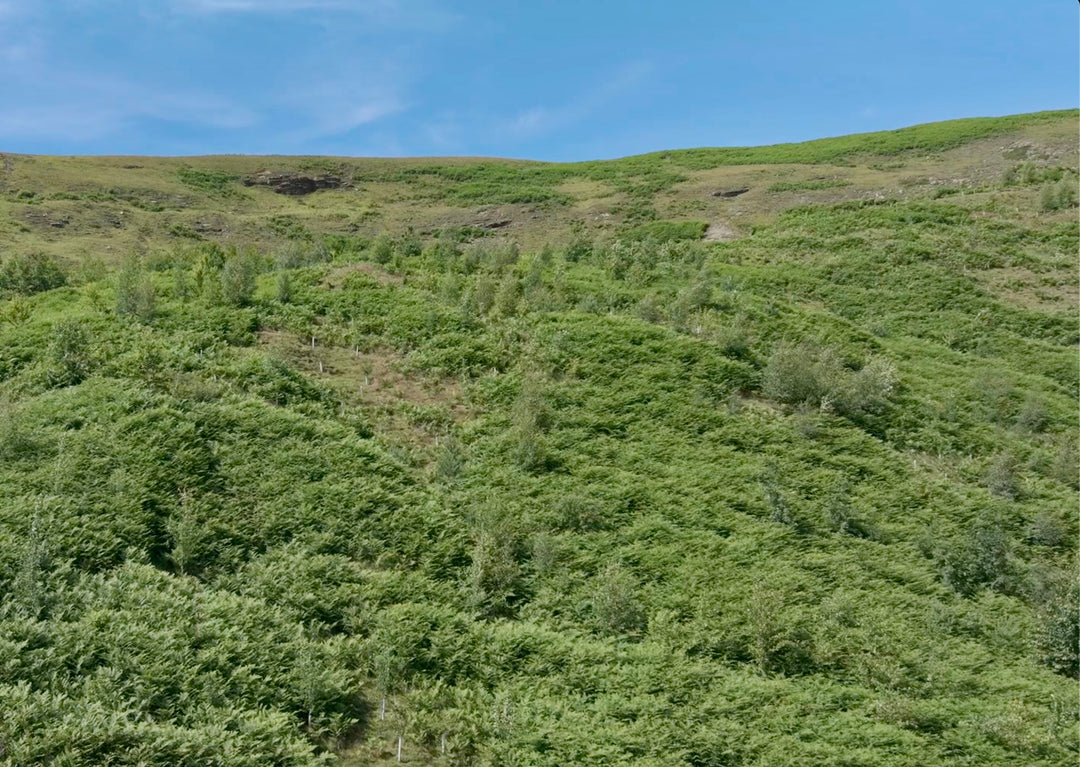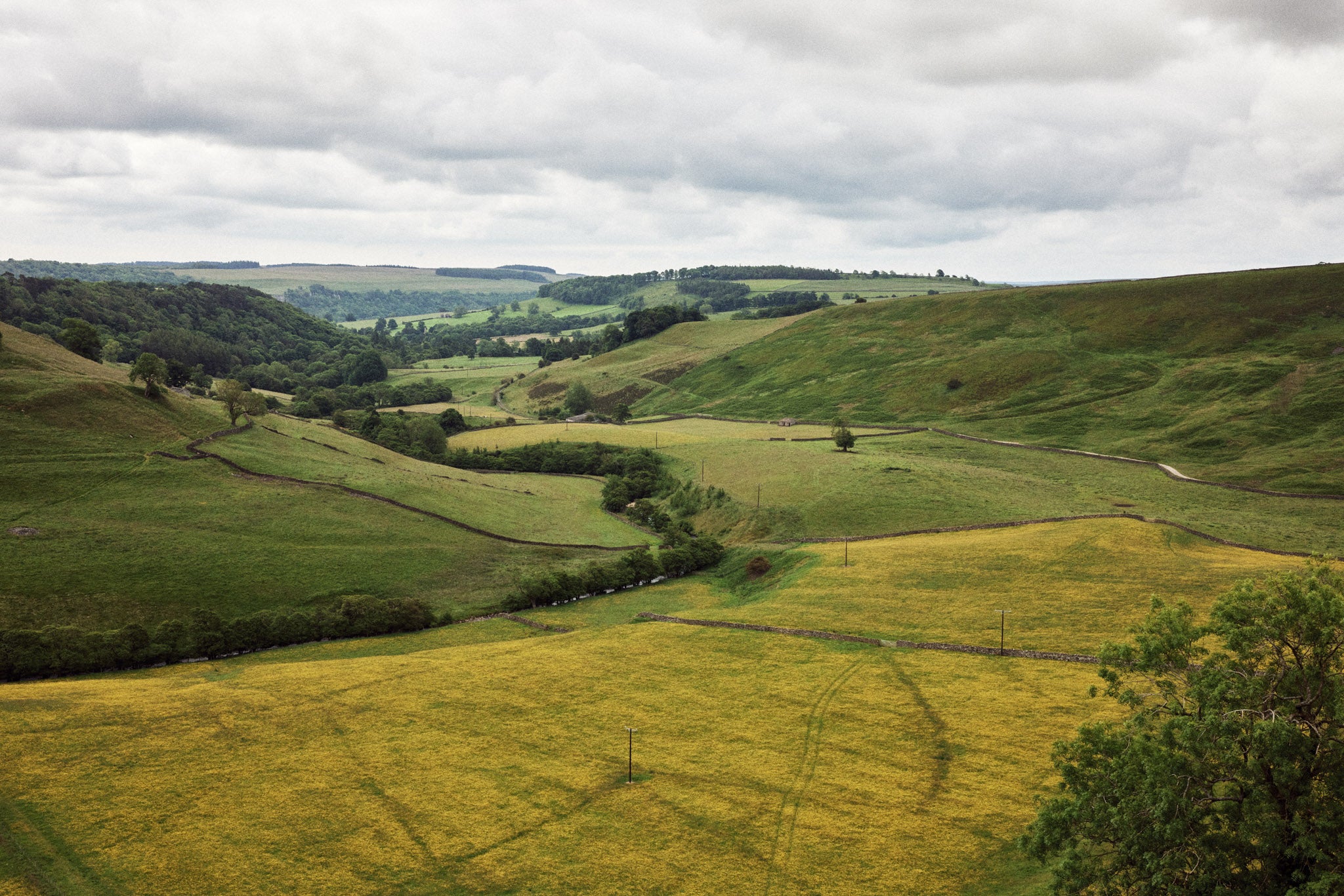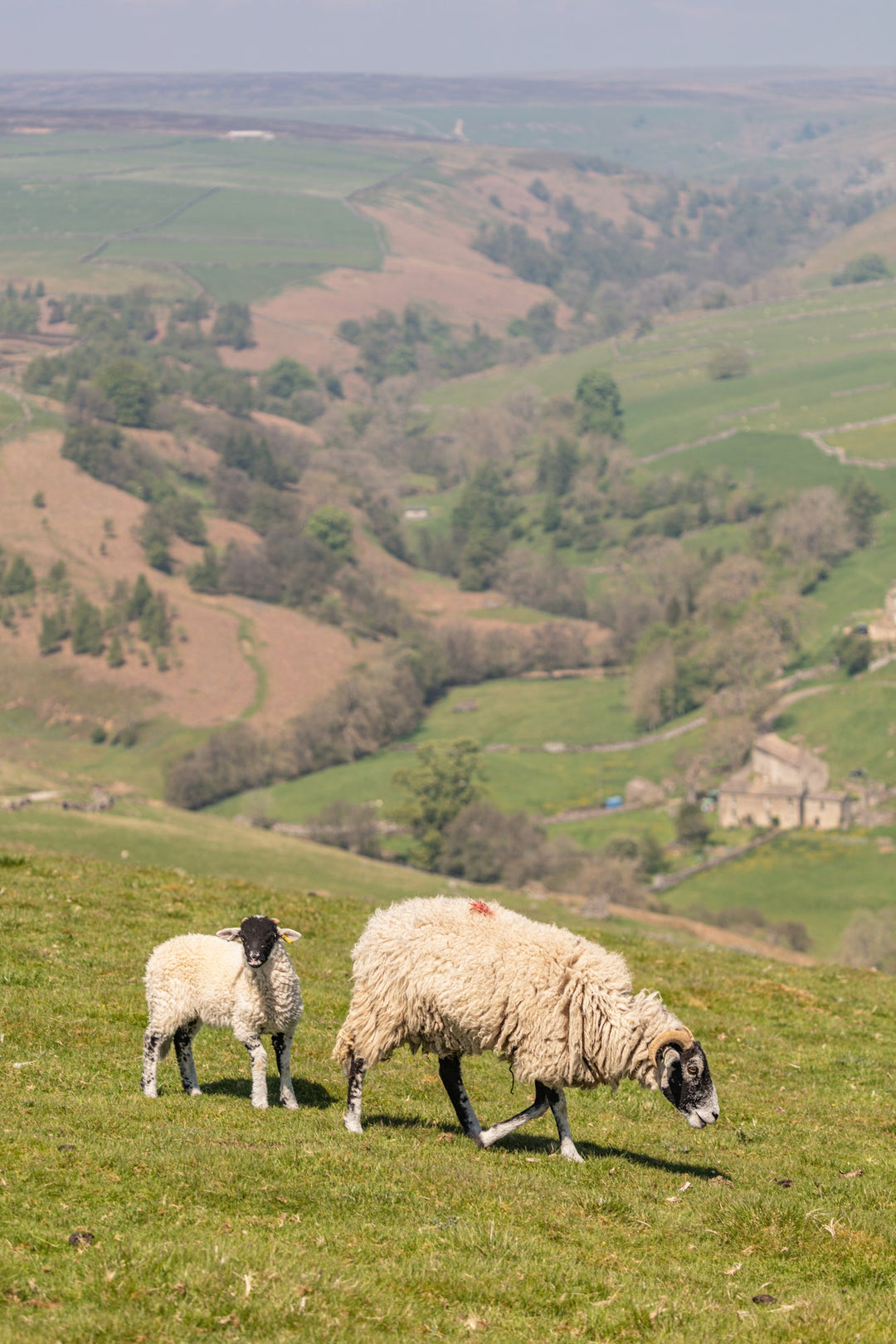
About Telfit Farm
A unique, 1000 acre hill farm in the Yorkshire Dales.
Our aim is to demonstrate how regenerative farming principles can be used to farm real, healthy food whilst restoring natural systems and our planets health.
Many of the methods we utilise at Telfit have stemmed from studying how our ancestors farmed to produce food with little to no inputs or technology.
Telfit is blessed with remarkable levels of natural capital and biodiversity that we are building on, with significant numbers of Curlew, English Partridge, Cuckoos and many other rare species.
We hope to demonstrate how these methods can be used nationwide to transform farming and our landscape.
The Concept
We are enacting, on a whole farm scale, a blend of regenerative agricultural and ecological principles designed to restore natural systems and sequester carbon.
We utilise organic inputs and mob grazing to mimic the natural cycles of species in the wild. As well as a rigorous focus on introducing maximum levels of diversity across our farm.
We are engaged in diverse and varied habitat restoration project to reawaken natural systems.
These systems then engage the restorative power of nature and allow a huge array of diverse species to flourish on our farm.
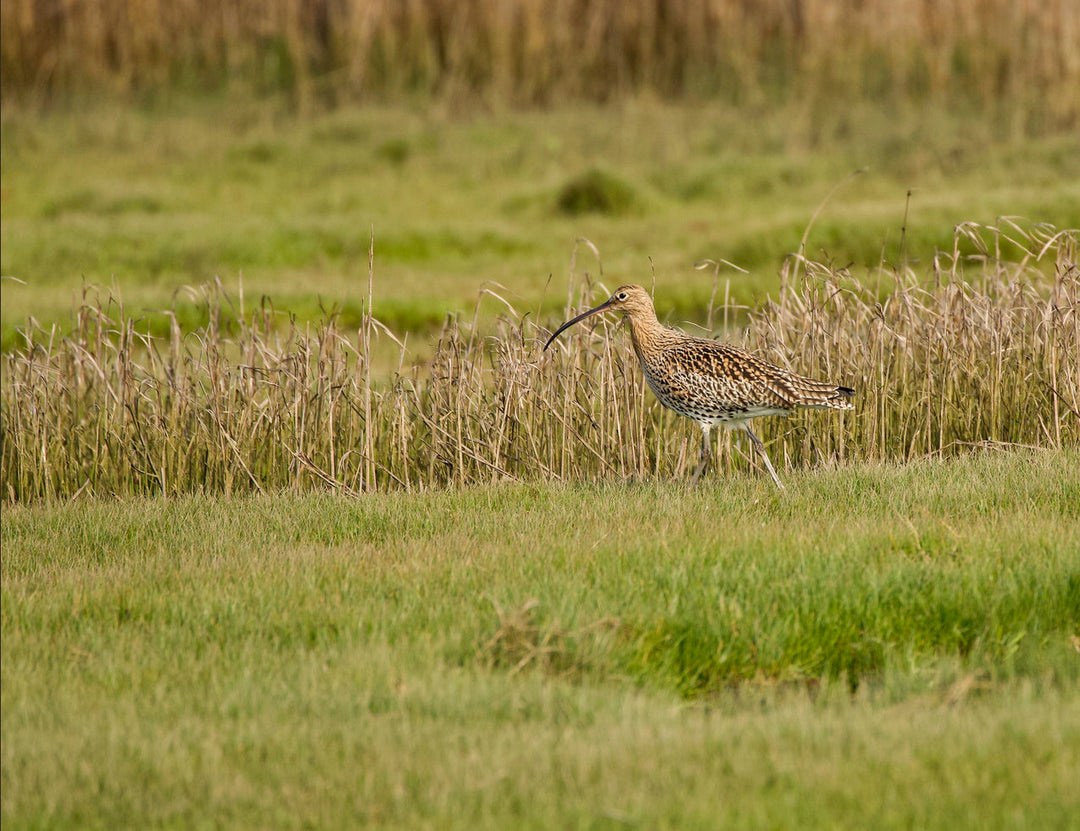
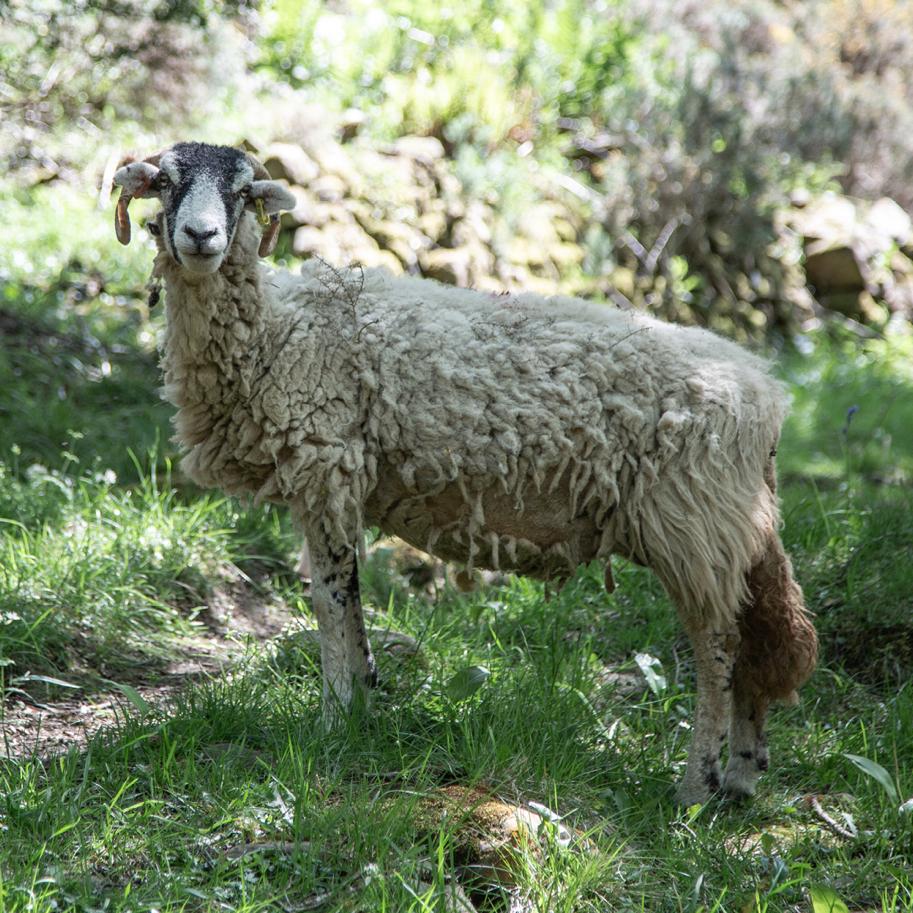
Building Habitats
Regenerative principles and ancestral knowledge of farming offer a unique opportunity to produce food as well as harness the powers of nature.
Across the farm we are engaging in a huge number of projects to create unique and varied habitats across the farm.
They include:
- A 325 tree traditional apple orchard
- Wood pasture
- Wildflower meadows
- Wood Meadows
- Clough woodland
- 9 Wildlife ponds across the farm
- herbal leys
To do this we have planted/are planting:
- A 325 trees in our traditional orchard with 52 species of apple, some some very rare.
- 18,000 trees, and a further 30,000 and 28 varieties to come!
- 3.5km of native hedgerows.
- Herbal Leys across 35 hectares
- Wildflower Meadows over 17 hectares
Sequestering Carbon and Water
Farming globally is one of the biggest drivers of climate change.
Conventional farming methods through fertiliser usage and ploughing release vast amounts of carbon into the atmosphere.
Regenerative farming changes all that.
Through implementing methods to improve soil health, such as mob grazing, we can sequester vast amounts of carbon in our soils as well as in the trees we plant.
As a byproduct this carbon also helps us increase our water holding capacity on the farm by up to 20,000 litres an acre, reducing flooding downstream and increasing our farm resilience to drought.
